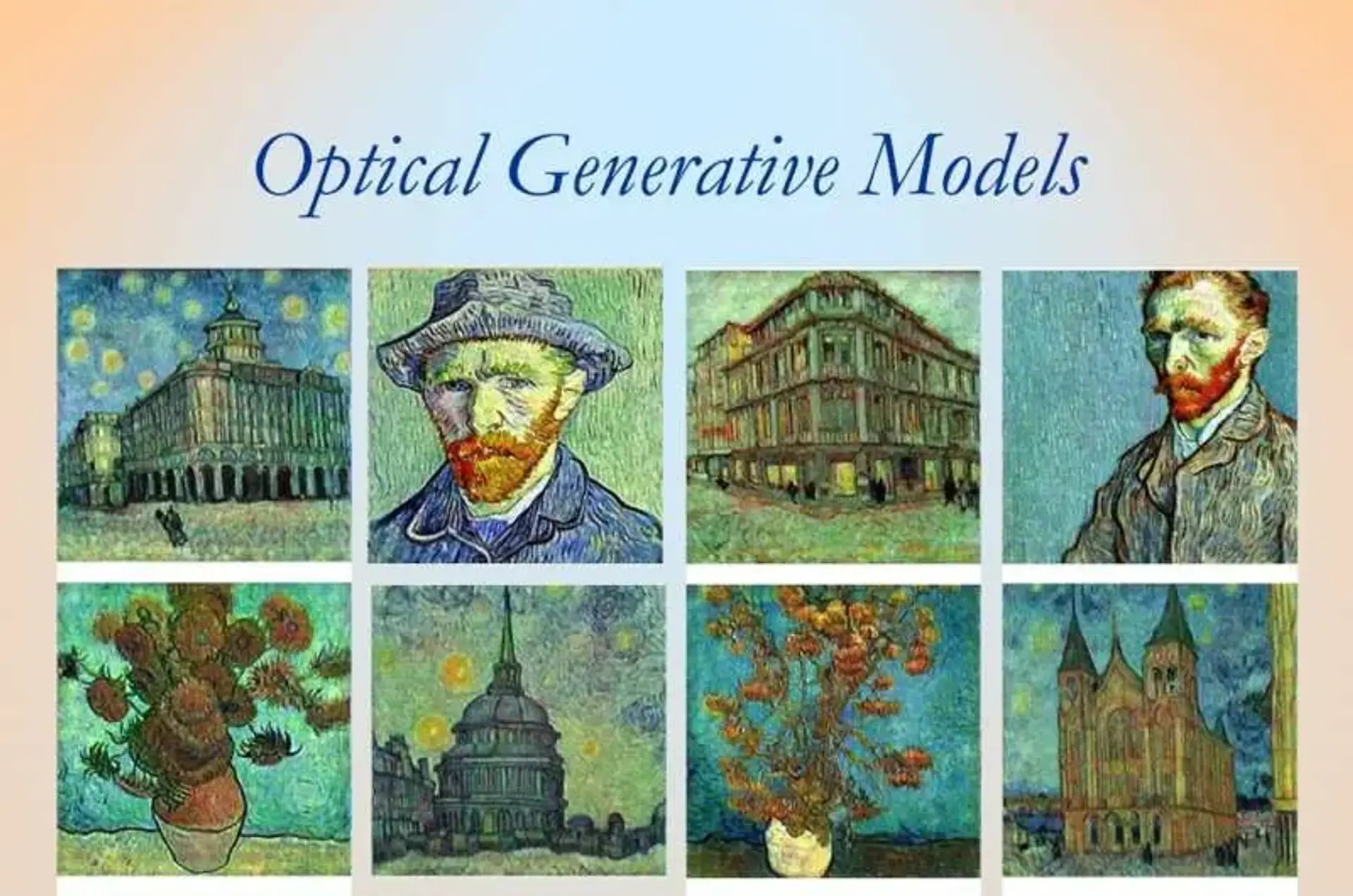UCLA researchers have developed optical generative models, marking a significant advancement in AI and photonics. These models generate images by harnessing the properties of light, offering an alternative to traditional electronic computation. This innovative approach uses optical components to perform the complex mathematical operations required for generative AI, potentially leading to more energy-efficient AI systems.
The optical generative model uses a series of lenses, mirrors, and other optical elements to manipulate light and create images. The design of these elements determines the function of the model, enabling it to learn and generate new images based on the data it is trained on. Unlike conventional AI models that consume large amounts of electrical power, optical models could substantially reduce the energy footprint of AI, paving the way for more sustainable AI technologies.
This research opens new avenues for developing AI hardware that is both faster and more energy-efficient. As AI continues to grow, the need for sustainable computing solutions becomes increasingly critical, positioning optical generative models as a promising technology for the future of AI.




